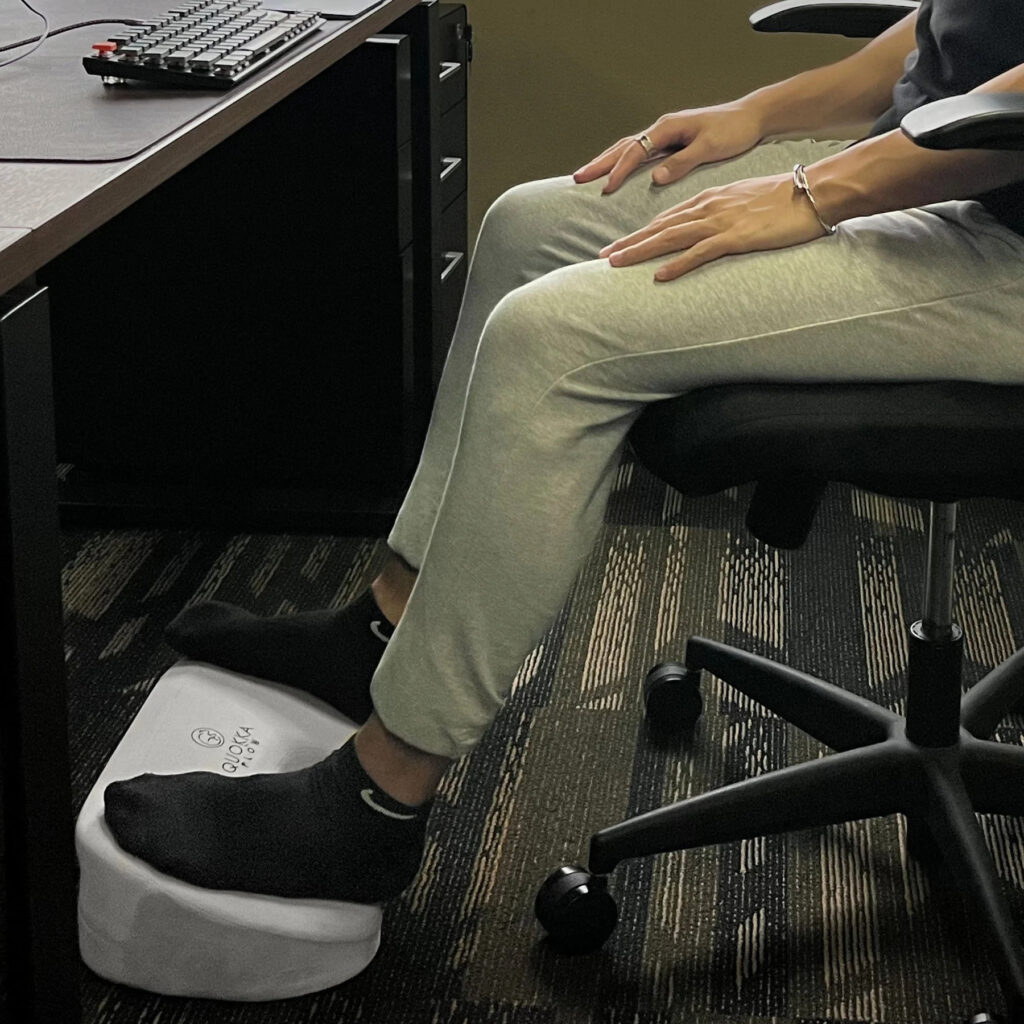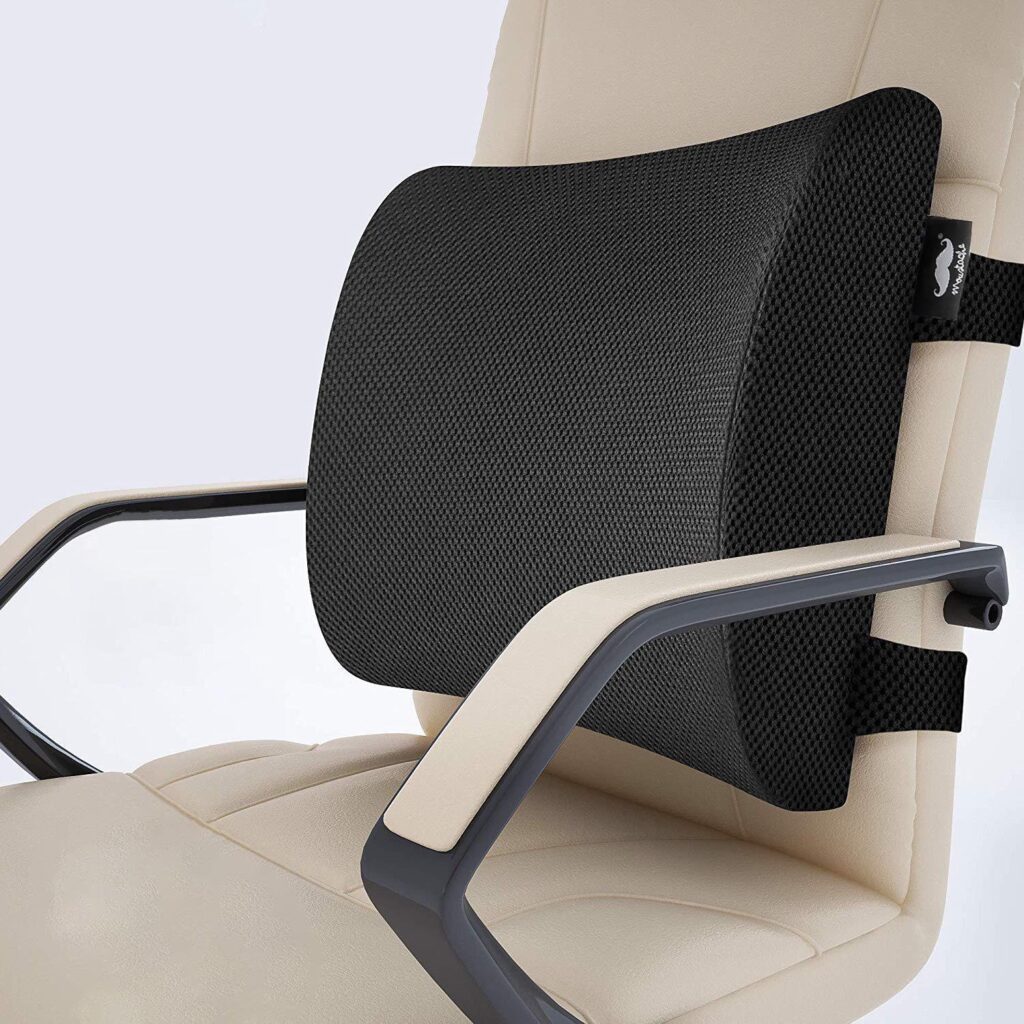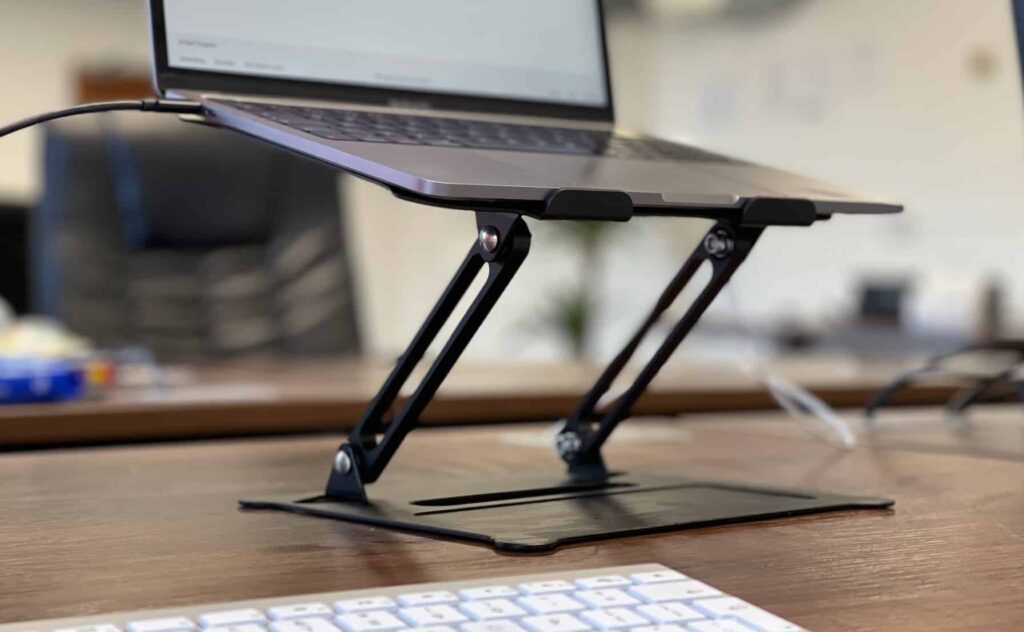Working from home can be far more comfortable than working in the office. You can assume any position you want, lay back on the couch with your feet in the air and laptop in your lap, and nobody can say a thing.

This doesn’t however mean, that you’re any less susceptible to repetitive strain injuries. No matter where you work, it’s crucial to have a safe and functional workspace, which calls for adopting ergonomic equipment.
Long-term comfort can be increased and pain can be decreased by purchasing ergonomic office equipment, and it doesn’t have to be expensive either. Here are a few ergonomic upgrades that you can use for your home office to assist prevent strain and undue fatigue. And if you’re not buying them for yourself, think of them as presents for your devoted friends and family who work hard at home.
Ergonomic Foot Rest
Even though it doesn’t seem as important as bigger upgrades like ergonomic chairs and sit-stand desks, buying a quality ergonomics foot rest can lead to healthier, more active sitting. Whether you stand, sit or combine the two throughout your busy working day, the ergonomic footrest is an absolute game changer for your comfort and overall well-being.
Ergonomic footrests are great for elevating your feet at a height comfortable for your body. Different models facilitate different motions to stretch your feet out with ease. Simply put, an active, dynamic ergonomics foot rest lets you maintain the natural position of your legs and feet. Your co-workers or anyone sharing the home office won’t even realise that your feet and legs are moving beneath the desk because many models on the market are soundless and well-designed.

Some variants have a bumpy surface, so you may massage your feet and promote circulation. Different models will also have surfaces made of different materials. Most footrests include a soft plush microfiber surface or a fabric covered in micro beads that acts as an anti-slip tread. Additionally, many hard footrests will have a sandpaper-like industrial texture applied to their surface.
However, a footrest does more than just keep your feet at a comfortable height for your body. It stimulates mobility at the desk or dynamic sitting. Even a fixed footrest can stimulate movement by providing additional, comfortable places to lay your feet, such as farther apart or closer together on its firm platform or at various locations along its curvature.
Ergonomic Chair
The rigid dining chairs are not the best option for 8+ hour work periods. Instead, a well-designed, properly adjusted chair is a crucial component of a secure and efficient computer workstation. A decent chair prevents uncomfortable postures, contact stress, and vigorous exertions while providing the back, legs, buttocks and arms with support.
Therefore, to enhance your productivity and comfort in your home office, invest in a chair with lumbar support that is highly adjustable to fit a variety of body types and sizes.
But even a basic chair may be made into something you can sit on comfortably for a few hours with the addition of a seat cushion and lumbar support pillow if you don’t want to spend the money on a new office chair right now.
Lumbar Support Pillow
Speaking of a lumbar support pillow. Sitting upgrades like lumbar support cushions can help relieve strain from worn-out spines and reduce stress.

The cushion should follow the natural curve of your spine. These cushions frequently have a squarer or rectangle shape with a slight curvature rather than the thicker, log-shaped ones. They can help you sit up straight and relieve minor aches and pains during the day.
Standing Desk
Your arms and wrists should ideally be in a neutral posture while typing on a keyboard at your desk, either parallel to the floor or angled down toward your lap to lessen strain. However, typical desks are far from ideal for those who are shorter than the average adult.
To solve this problem, you can try mounting a keyboard tray under your desk to lower the keyboard, or raise your chair higher so your wrists are above the keyboard. You can also use an ergonomic footrest, but none of these solutions can provide you with the optimal height for all five main office tasks such as typing, mousing, writing, reading documents, and viewing your screen all require different heights.
Therefore, the most comfortable option is a standing desk that can be adjusted in height in half-inch increments so that you can easily alternate between sitting and standing throughout the day.
Laptop Stand
Your laptop’s screen will naturally be much smaller than a conventional monitor. Using a screen that is too high or low, will cause you to work in an uncomfortable position with your head, neck, shoulders, or even back. For instance, if your monitor is too high you’ll have to work with your head and neck leaned back which will cause the muscles that support the head to become fatigued after prolonged use in these unnatural positions.

For that reason, consider a laptop stand as an ergonomic alternative if you don’t want to purchase a full-sized display to connect to improve your posture. The computer screen’s top should reach approximately eye level. Moreover, your laptop shouldn’t be overheating, which is why you need to pick a stand with a mesh design or one that features a cooler.

